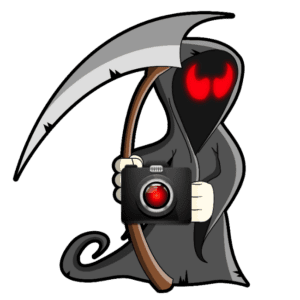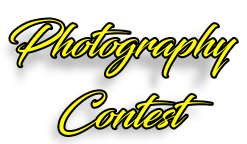Chincoteague Island Milky Way Photography Location
Chincoteague Island is one of the best places in the world to photograph the Milky Way. The island perfectly aligns with the galactic center, making it an ideal location for astrophotography. But that’s not all! The island is also home to some of the darkest night skies in the country due to its lack of light pollution. So, if you’re looking for a place to capture some stunning nightscape photos, Chincoteague Island should be at the top of your list. We will explore the best places to photograph the Milky Way on Chincoteague Island. We will also provide tips on getting the most out of your astrophotography experience.
Chincoteague Island
Chincoteague Island is one of the best places to photograph the Milky Way. The island is located in Virginia and is part of a group of barrier islands. The island is known for its natural beauty, wildlife, and beaches. Several state parks on the island offer great views of the night sky.
MILKY WAY PHOTOGRAPHY AT CHINCOTEAGUE
There are many great locations on the island for Milky Way photography. One of the best spots is Assateague Island National Seashore. This location offers wide-open views of the night sky. There are also several hiking trails to explore the area and find your perfect spot for photographing the Milky Way.
Another excellent location for Milky Way photography is Chincoteague Wildlife Refuge. This refuge offers over 14,000 acres of protected land, making it one of the dark skies preserves in the United States. There are also plenty of opportunities to photograph wildlife at this location during the day.
Chincoteague Island is a photographer’s paradise with dark skies and beautiful landscapes. So, if you’re looking for a great place to photograph the Milky Way, add Chincoteague Island to your list!

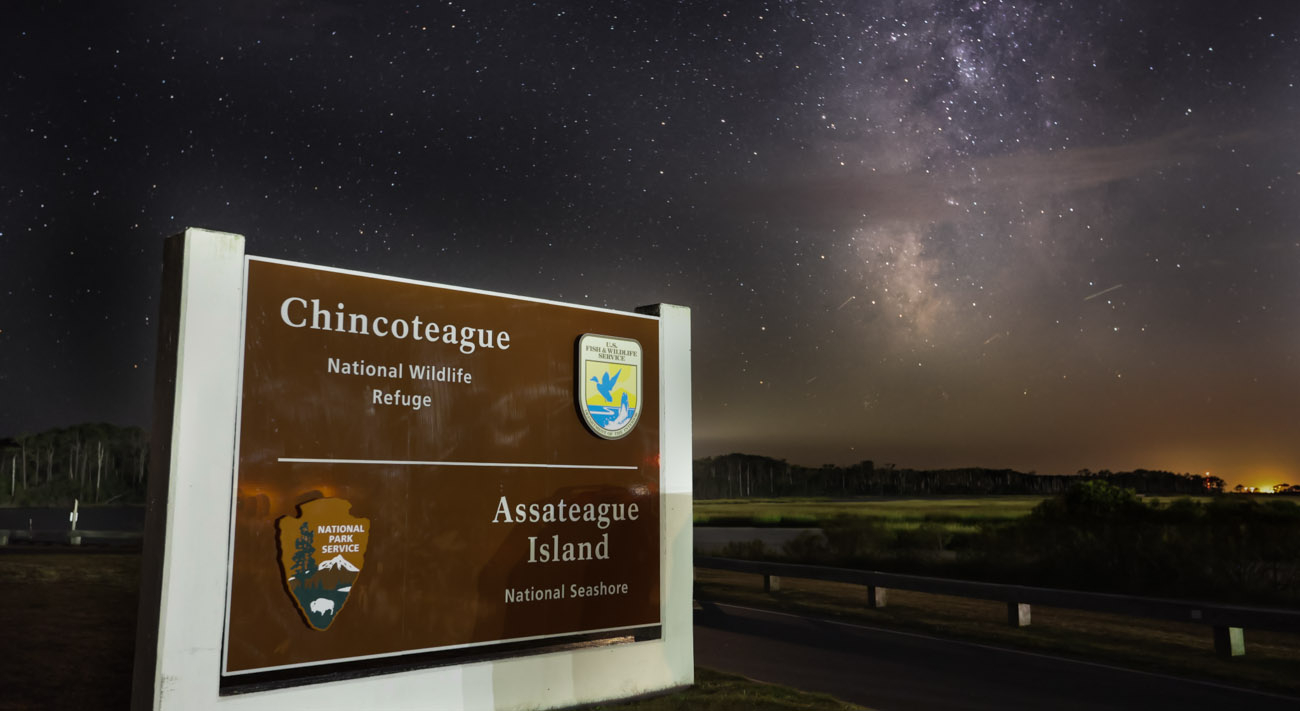
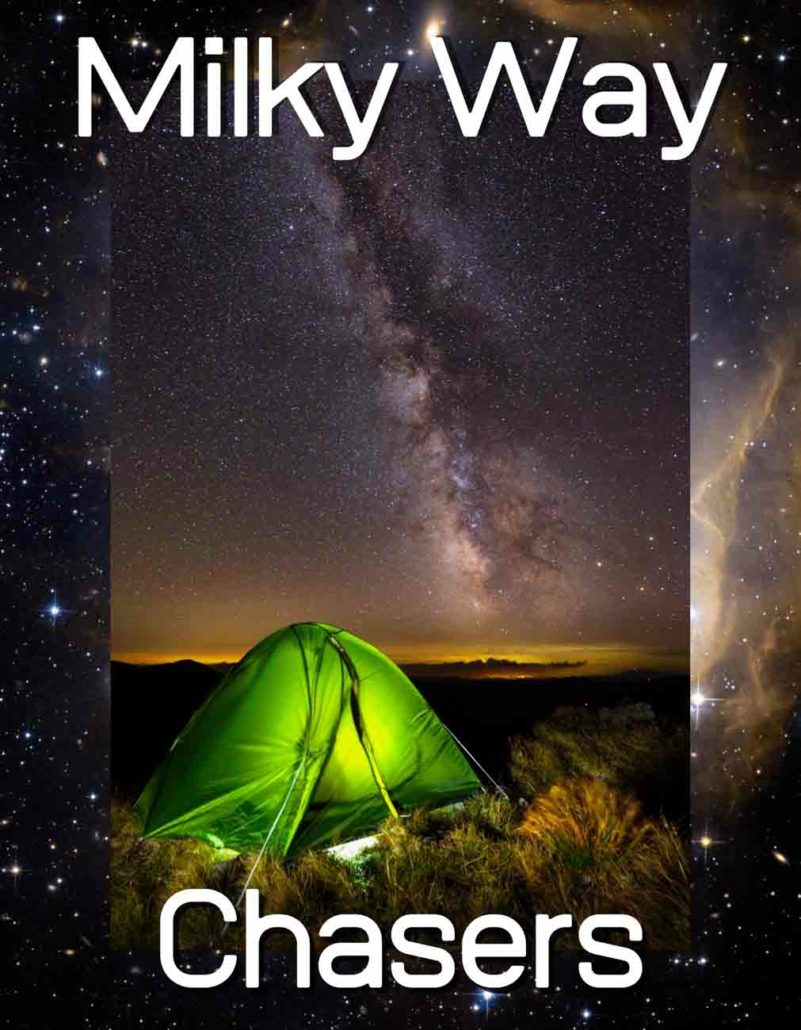
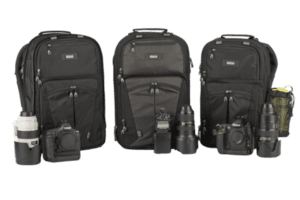





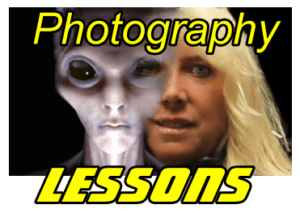 Photography, Lessons, Workshops and Classes.
Photography, Lessons, Workshops and Classes.